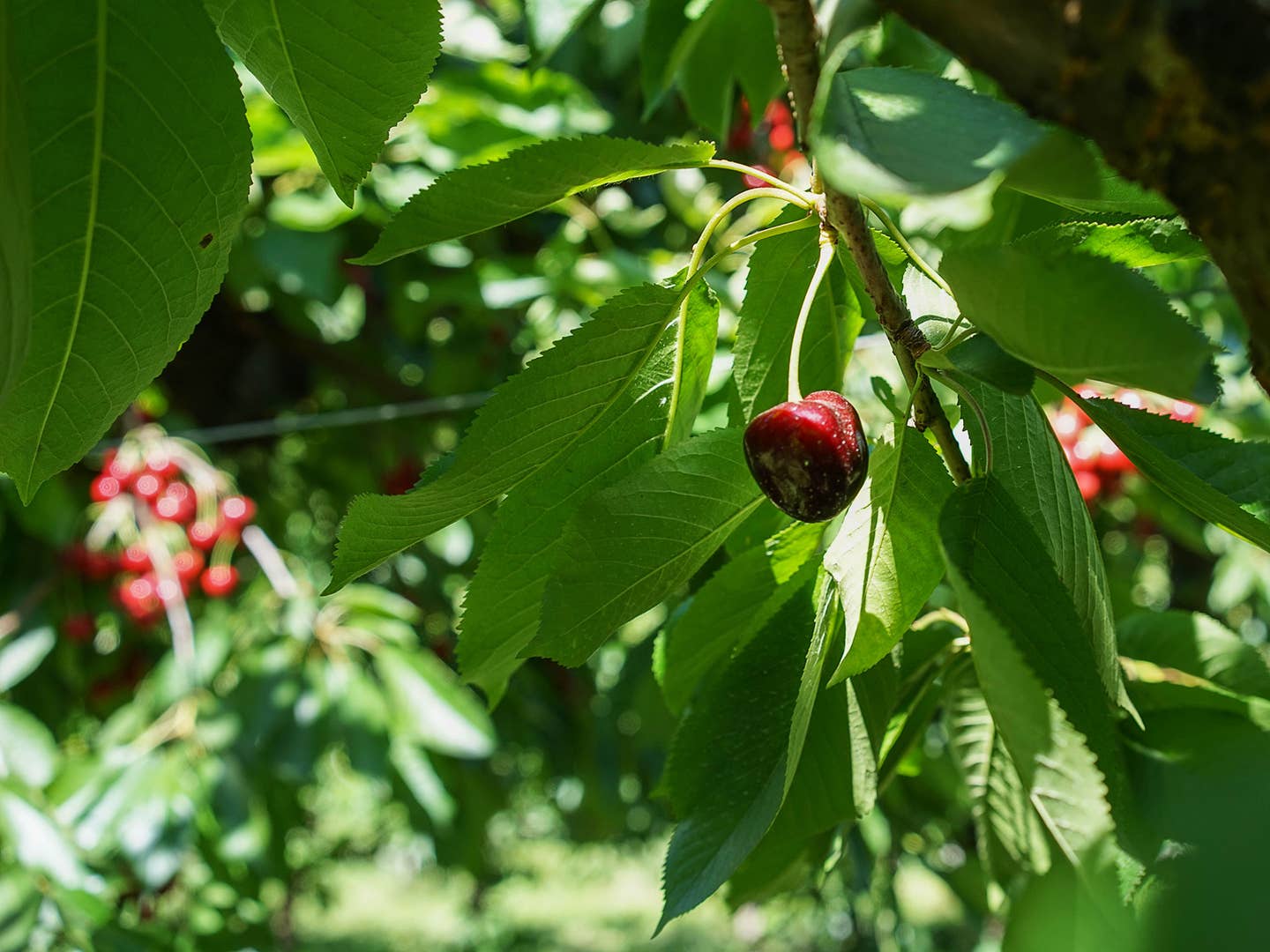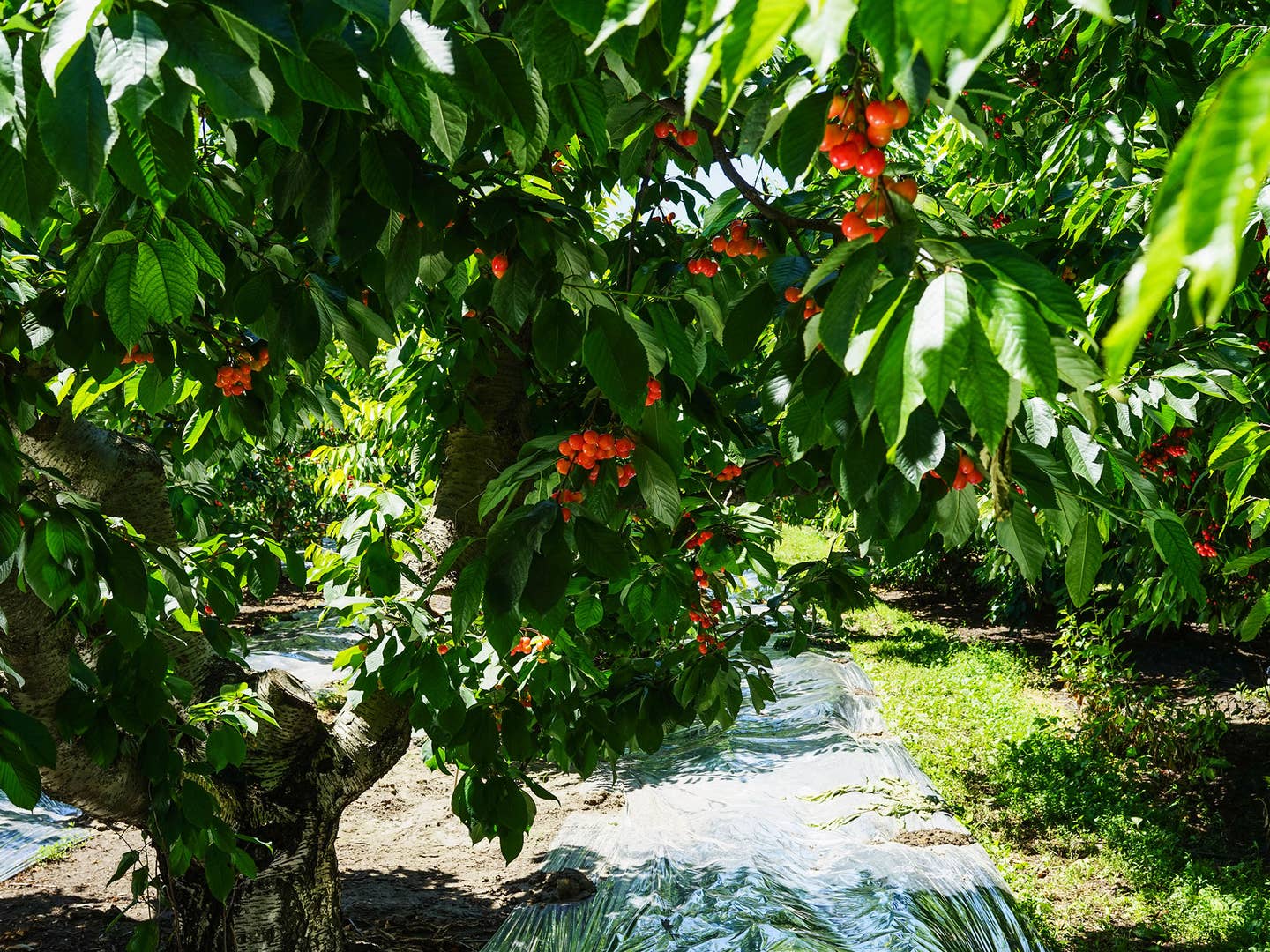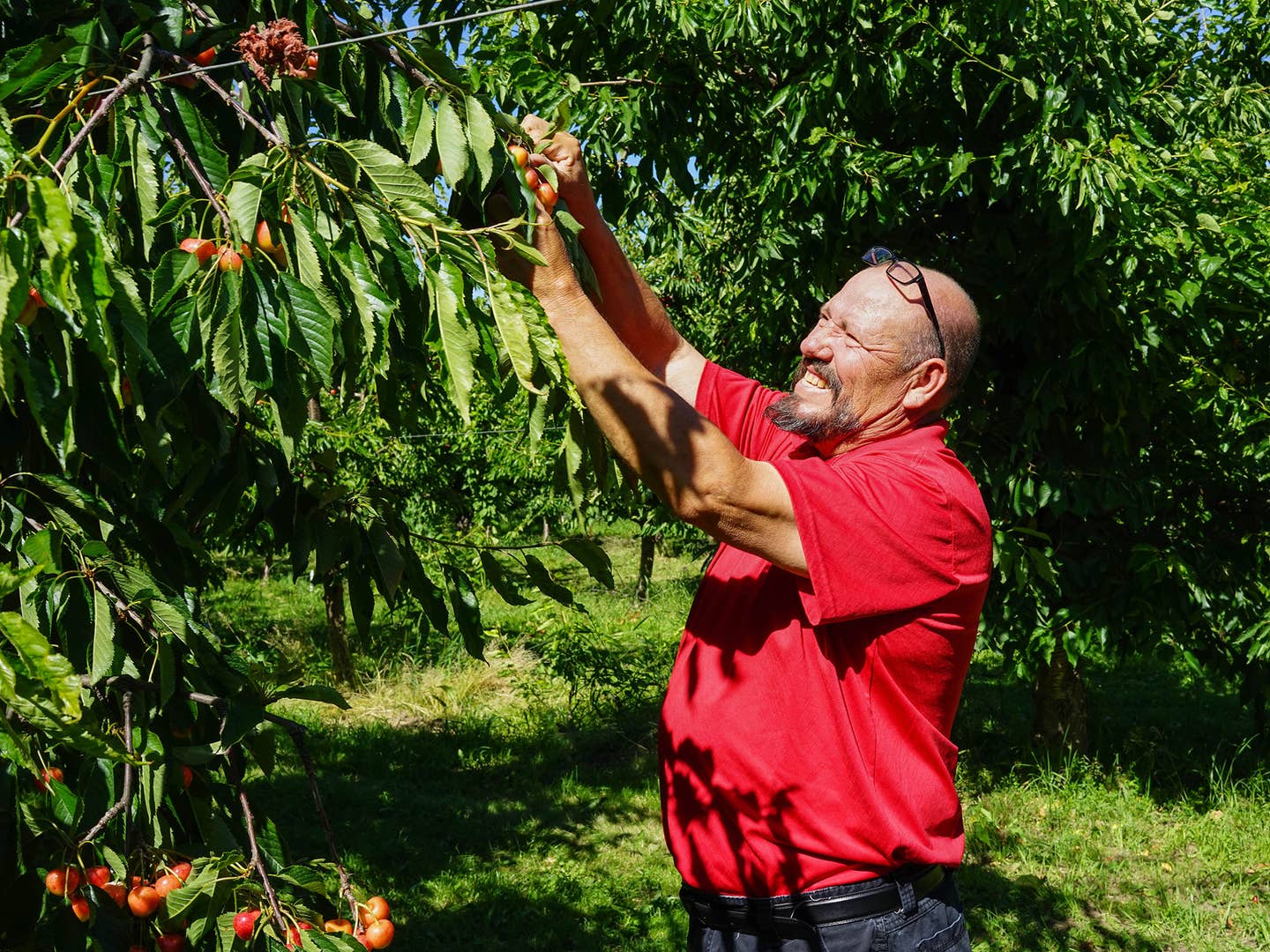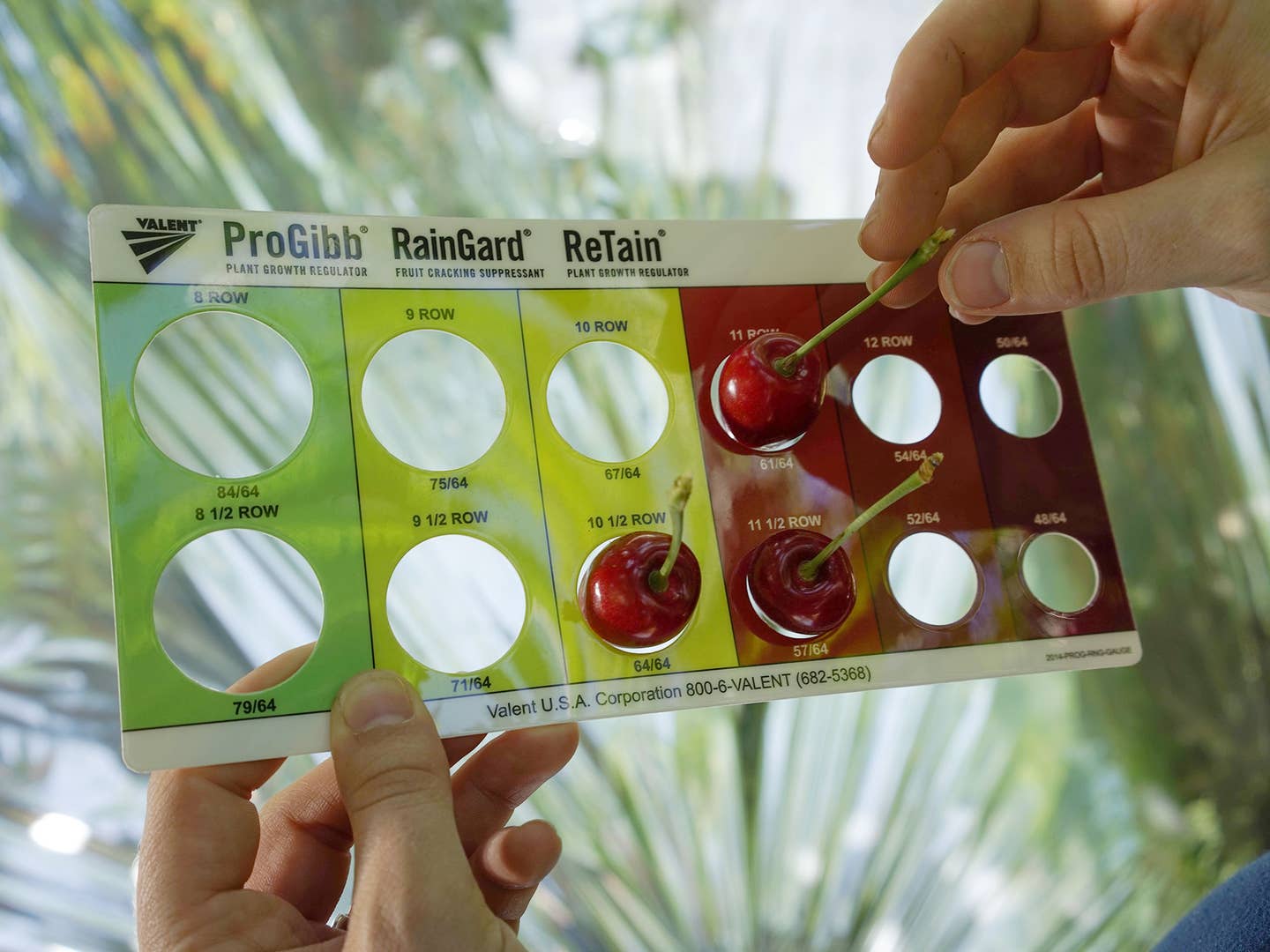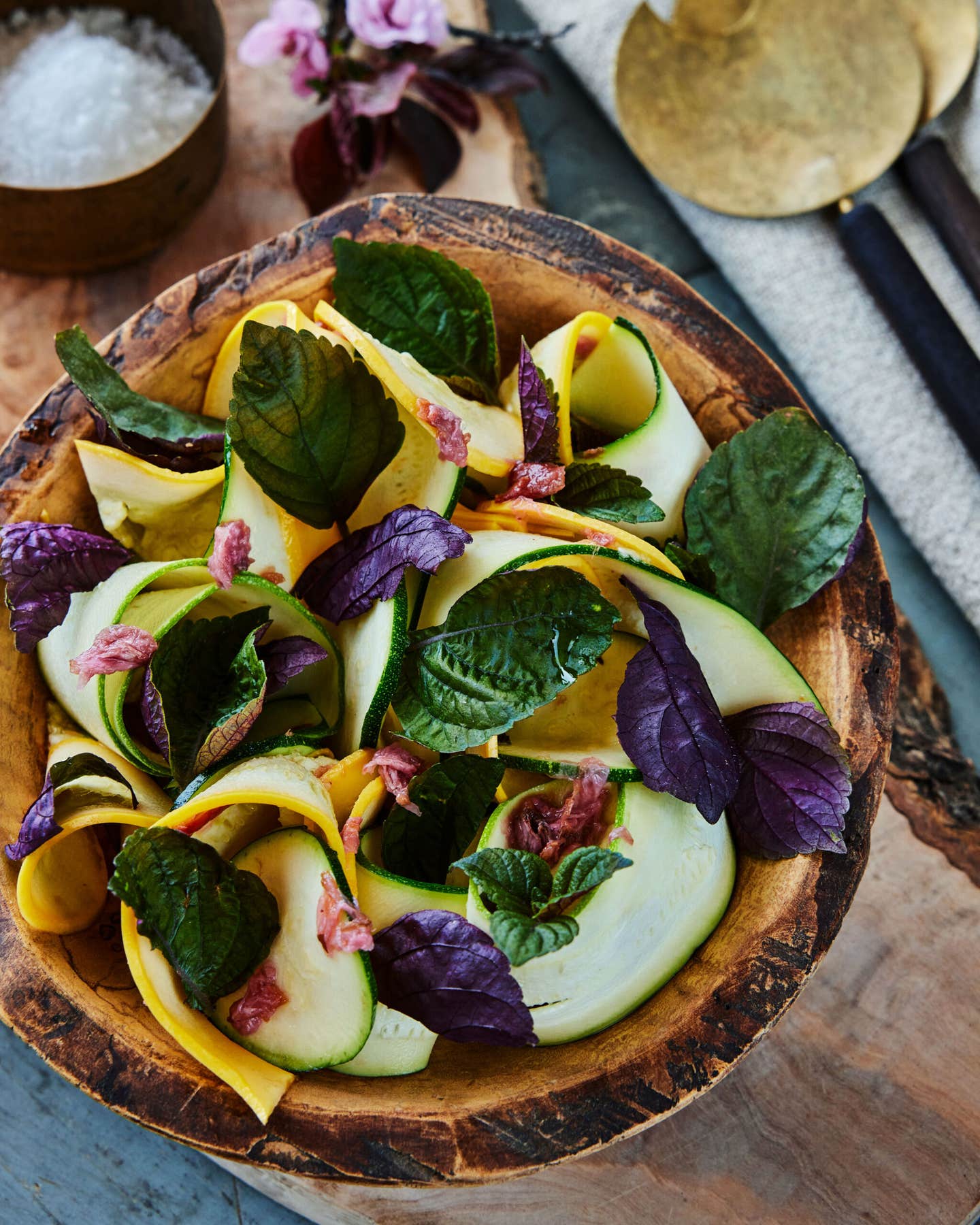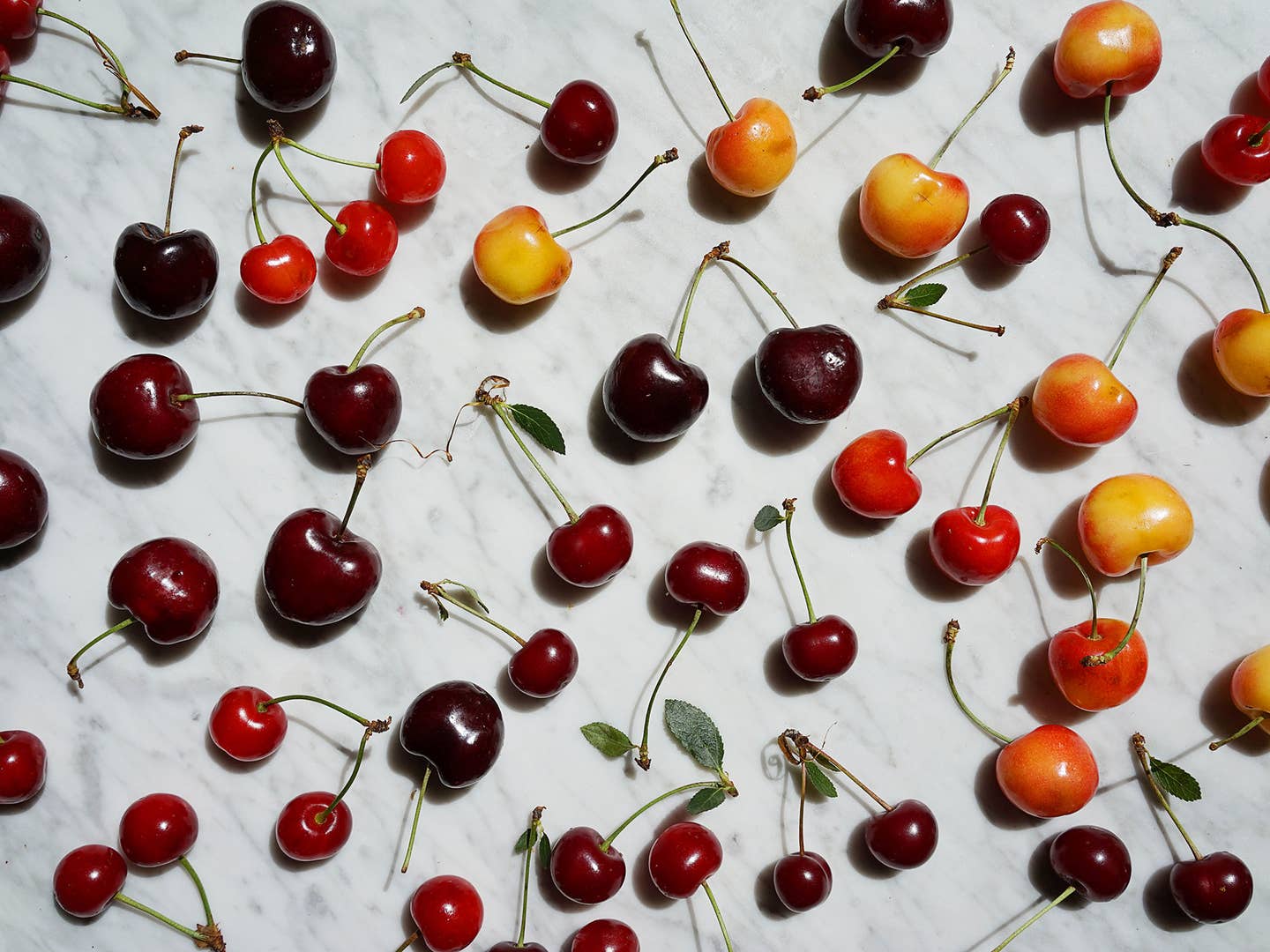
All the Crazy Things Farmers Do to Bring You Their Cherry Crop
Fake birds, balloon innards, and a harvest done entirely by hand—an insider’s tour of the Washington cherry scene
A friend told me recently, “cherries are like potato chips, because once you start, you can’t really stop.” That’s perfect, isn’t it? Cherries are one of summer’s greatest luxuries. They’re in season now, and I find them completely impossible to resist at every trip to the farmers’ market, no matter the variety.
And there are so many; over 250 varieties out in the world. In the U.S., the 90-day cherry season yields 245,000 tons of sweet cherries, mostly from just nine varieties. And 80% of them are produced by the 2,100 growers in the state of Washington, the cherry-growing capital of America.
In a fit of cherry-induced rapture, I decided to see what this stone fruit mad dash looks like first-hand, from the farm to the shipping container.
Growers resort to some interesting tricks to grow the best fruit they can, and to protect their crops from wind, rain, birds, and hail. At one orchard, I kept hearing birds nearby, and asked what kinds of birds were hanging out around nearly-ripe fruit without eating everything. The answer was none: Some growers play recordings of predatory birds in their orchards to stave away the cute little ones that will, if given the chance, ruin a majority of the crops by taking single bites out of every piece of fruit they can.
There's also a mysterious guy in the region who growers call upon to bring his collection of raptors to their plots when the pesky little birds aren't fooled or scared by the recordings. Some growers also use sky dancers to keep birds away. Really.
Weather Control
Strips of mylar reflect sunlight onto the bottom of the cherries for an extra kiss of sunlight.
When it rains, growers have to do what they can to dry their crops ASAP. Water left in the bowl of the cherry (at the base of the stem) will cause the fruit to crack, and cracked fruits don’t get past inspection, which means money down the drain. Some growers invest in large panels to cover their crops from above if it’s going to be a particularly threatening year, weather-wise. Others keep protective trellises around their trees to help protect them from harsh winds.
Farmers have to get creative when it comes to protecting their crops, because a lot of the large-scale commercially available methods are insanely costly. “It’s not just our livelihood, it’s the livelihood of our 100 employees who are relying on us to make the correct decisions,” says Leah Eddie, who grows cherries, apples, and grapes on her family’s ever-expanding farm. She was explaining the economics of growing cherries to me (and in case you were thinking otherwise: there’s not much profit in this business; you do it because you love it). She has to think about doing what’s best for the fruit, what will keep her employees employed, and her family fed. “When you farm, you can’t think day-to-day, you have to think five years ahead.” In thinking ahead, Leah is converting her farm to certified organic—a difficult (and expensive) task.
Leah showed me a plot of Rainier cherries. Rainiers are those pretty white ones that are extra sweet, and have more delicate skins than sweet red cherries. Elsewhere, I kept seeing single Rainier trees in red cherry plots—the Rainiers are fussier to grow than the red varieties, but are worth it since they're pollinizers. (What's a pollinizer? Something that brings the bees to the yard.)
Underneath the Rainiers were long sheets of mylar (an expensive material, it turns out), The sun reflects off the mylar and onto the cherries, and it gives Leah’s Rainiers an extra vibrant kiss of red on the bottom. I tried a few and thought they were perfect, but she said they weren’t ready. She measures their sugar content with a refractometer (all the farmers here do) and doesn’t harvest until they’re exactly right. Unless extreme weather threatens to ruin them, then she might have to harvest a little early, and that’s a decision that could have negative effects on her profits.
Grower Alfonso Alvarez has 42 acres dedicated to cherries, and produces 400,000 to 500,000 pounds per year. His land was conventionally farmed before he took over, and the first thing he did was convert it to organic. While he shares Leah’s concerns about keeping the business going, he’s committed himself to organic methods, despite the cost.
“I hope everyone goes organic, for the sake of the next generation,” he says. His enthusiasm for organic farming comes from his father, who told him that when you have a plot of land, you have to leave it better than you found it. Being an organic farmer means you have to be even more creative when protecting your crops from pests. “Nature will take care of nature, you just have to help it,” he goes on.
When I asked him about pest-control tricks, he gave me an answer I’ll never forget: “Ladybugs are my best soldiers.”
Growing cherries is tricky enough; then there’s harvesting: a huge feat. Cherries have to be picked by hand, and carefully to avoid damaging both the fruit and the tree, which could harm next year’s crop. All the hired hands needed for harvest add up—more than half of the cost of cherry production is in harvesting.
On a 240-acre orchard I visited, the harvest goes on for 25 days straight. 120 workers start picking at 5 a.m. and go on until it gets too hot, a little after noon. The cherries get put into large bins that hold 350 pounds of fruit. In one day, they’ll fill 200 bins. So if we want to average that out, it’s around 580 pounds picked, per person.
From harvest, the bins are sent to a packing facility. During harvest time, packing facilities in the region run pretty much non-stop. One I visited operates 22 hours a day and has 250 people working in it. In the facility, cherries get their firmness and sweetness measured and are sorted by size and appearance. Anything that doesn’t meet the standards of the Northwest Cherry Growers association gets set aside. Then the good ones are packed and shipped, and they make their way onto store shelves usually within two days of harvest.
It’s a whirlwind of a process, and like so many other things, once you see what goes into making them, it’s hard not to think of cherries as little treasures.
When you buy cherries from a farmers market, make sure they don’t have weepy/decaying brown spots. The stems indicate when they’ve been picked: if they’re fresh and green, they were harvested close to when you’re buying them. If they’re dry and brown, they were harvested a little while ago, but(!) those dry stems make no difference to the fruit itself—they don’t draw any moisture from the fruit and vice versa. Once they’re off the tree, they are the way they are.
If you’re buying them in the grocery store—and they’re from the Northwest—the only real decision you have to make is organic or not. Northwest cherries go through very thorough processing with rigorously high standards before they make their way to store shelves.
As for storing, cherries like to be cold, so store them in the fridge. Kept cold and dry (don’t wash them before storing), they’ll keep for up to two weeks, possibly more. But who lets cherries sit uneaten for that long?
Keep Reading
Continue to Next Story
